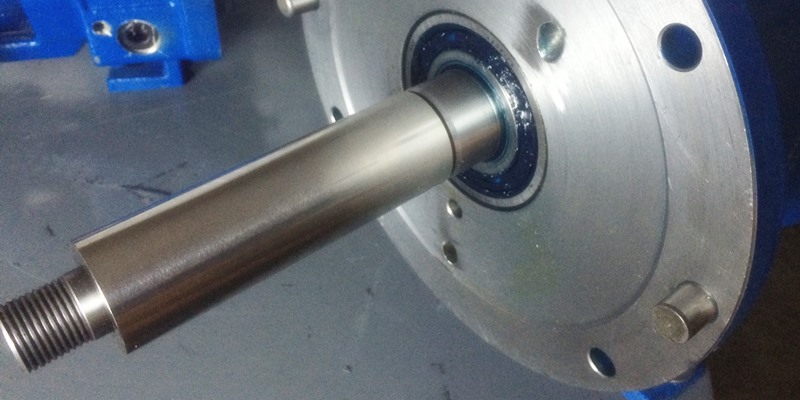
Excessive shaft endplay and runout can cause premature failure of bearings or mechanical seals. Some of these concepts were discussed in mechanical seal root cause failure analysis as potential reasons for seal failure. It is important to check endplay and runout periodically to ensure they are within the allowed tolerances.
Endplay is the axial movement of the shaft, or a movement towards the casing and back towards the motor. Some endplay is required to give the bearings clearance to create a thin oil layer or for thermal expansion. Too much endplay can lead to pitting and fretting around the mechanical seal area.
Runout is the radial movement of the shaft, i.e. the shaft wobbles from center as it rotates. This can occur from a bent shaft, unbalanced parts like the impeller, misalignment of the pump, or even deflection from cavitations. Too much runout will result in bearing damage, which will lead to vibration and seal failure.
To measure the endplay, put a dial indicator on any step in the shaft. Push the shaft in one direction as far as you can, and set to dial indicator to 0. Then push in the other direction and get the reading off the indicator. This value is your endplay. Most ANSI pumps require endplay to be equal to or less than .005” T.I.R., which stands for total indicator reading.
To measure the runout, take measurements of the shaft near the stuffing box, and another measurement behind the thrust bearing (the motor side). Rotate the shaft and note the highest and lowest measurements. The difference is the runout. If your pump has a sleeve, measure with the sleeve on the shaft. The tolerance for runout is 0.001."
